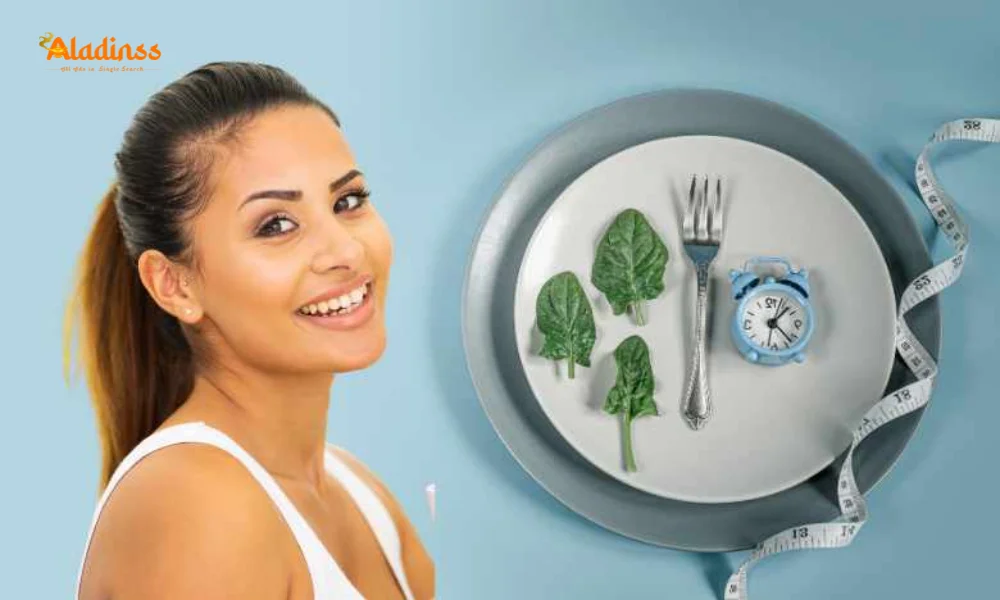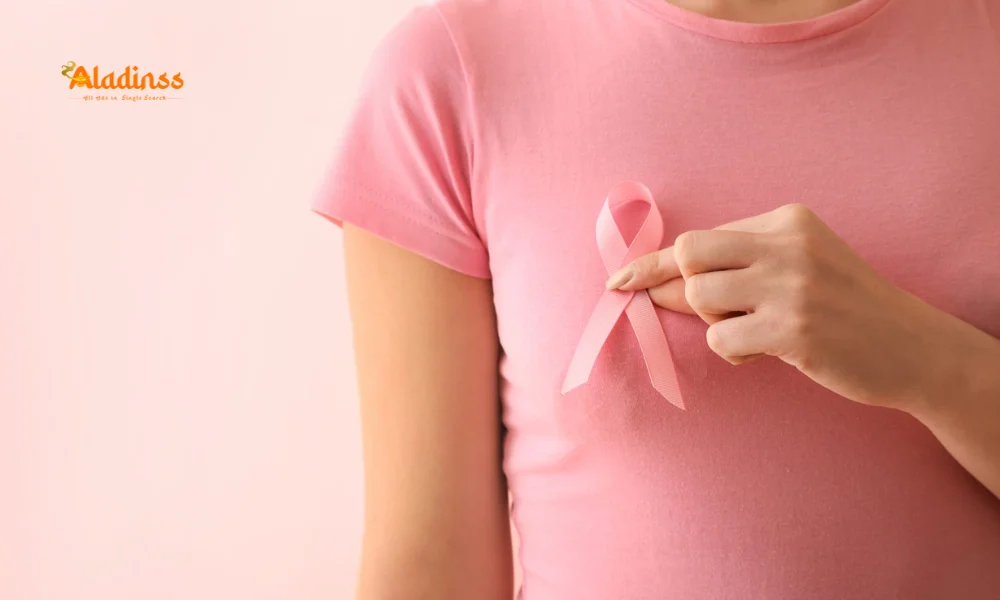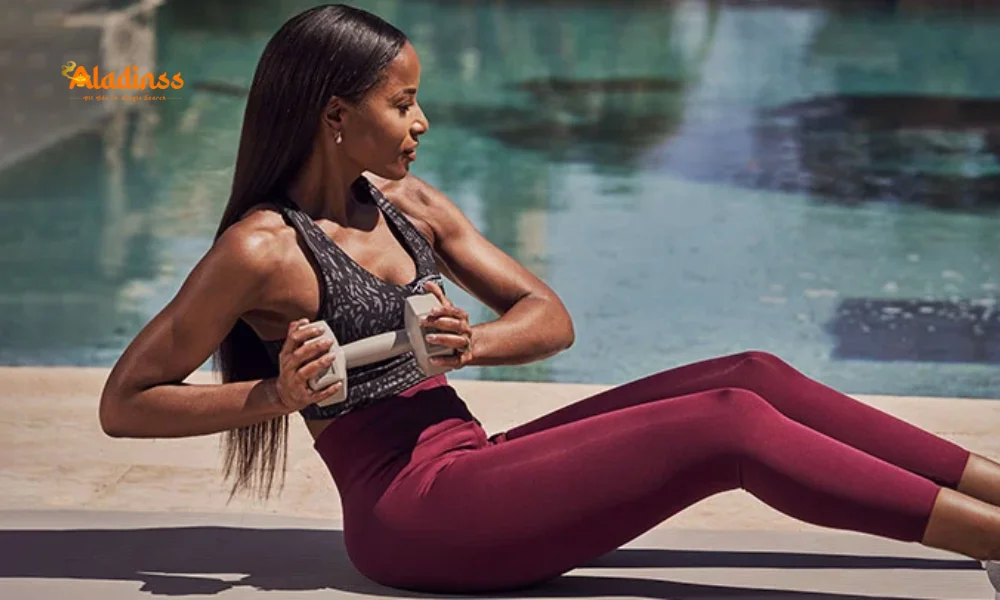Benefits of Wearing Slippers While Bathing in 2025
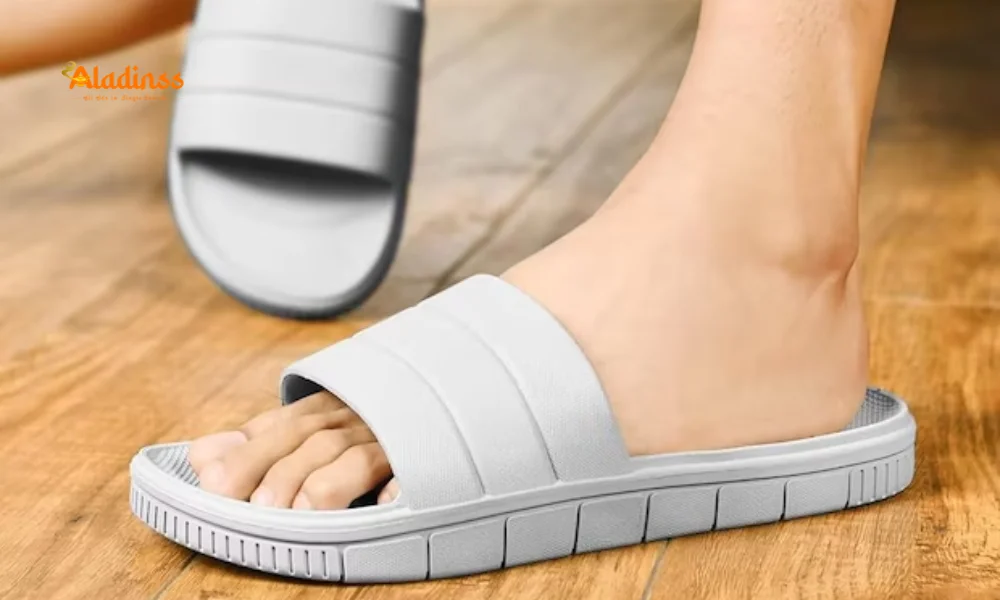
Wearing Slippers While Bathing: Surprising Benefits for 2025
Wearing slippers is often associated with comfort and protection, but their benefits extend far beyond shielding your feet from dirt or cold floors. With increasing awareness about hygiene and safety, many people now wear slippers indoors, including in bathrooms. Bathrooms, notorious for harboring germs and slippery surfaces, pose unique risks that specialized bathroom slippers can mitigate. This article explores the surprising advantages of wearing slippers while bathing, from preventing slips to enhancing hygiene, and offers practical tips for choosing the right pair in 2025.
Why Wear Slippers in the Bathroom?
Bathrooms are one of the most germ-prone areas in any home, with moist environments fostering bacteria, fungi, and mold. According to a 2023 study in the Journal of Applied Microbiology, bathroom floors can harbor pathogens like Escherichia coli and Staphylococcus aureus, which can cause infections if they come into contact with bare feet. Wearing slippers during bathing adds a protective layer, reducing the risk of infections and enhancing safety. In India, where traditional bathing practices often involve standing water, slippers are becoming a popular choice for maintaining hygiene and preventing accidents.
Beyond hygiene, bathroom slippers are designed to provide grip and stability, addressing the common issue of slippery floors caused by water and soap. The Centers for Disease Control and Prevention (CDC) reports that falls in bathrooms account for over 30% of home injuries, particularly among children and the elderly. By incorporating slippers into your bathing routine, you can significantly reduce these risks while enjoying added comfort and cleanliness.
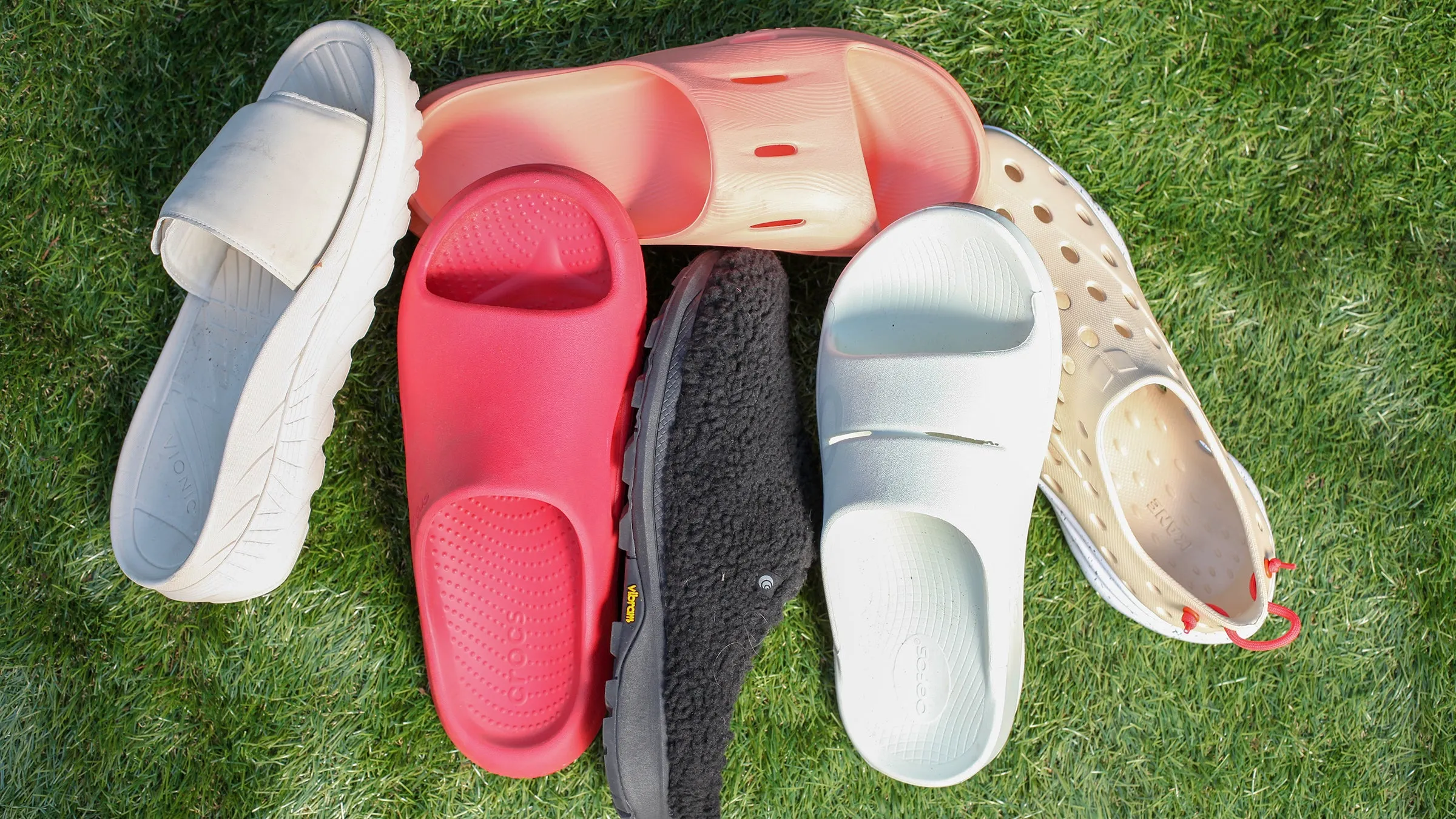
Prevents Slipping and Falling
One of the primary benefits of wearing slippers while bathing is the prevention of slips and falls. Bathroom floors, often slick with water, soap, or shampoo, pose a significant hazard. A 2024 study in the Journal of Safety Research found that wet surfaces contribute to 80% of bathroom-related injuries, with the elderly and children being particularly vulnerable. Specialized bathroom slippers, designed with anti-slip soles, provide excellent traction, reducing the likelihood of accidents.
These slippers often feature rubber or textured soles that grip wet surfaces, ensuring stability even in soapy conditions. In India, where tiled bathroom floors are common, anti-slip slippers are a practical investment. Brands now offer affordable options with drainage holes to prevent water accumulation, enhancing safety and comfort. By wearing these slippers, you can bathe with confidence, knowing you are protected from potentially serious falls.
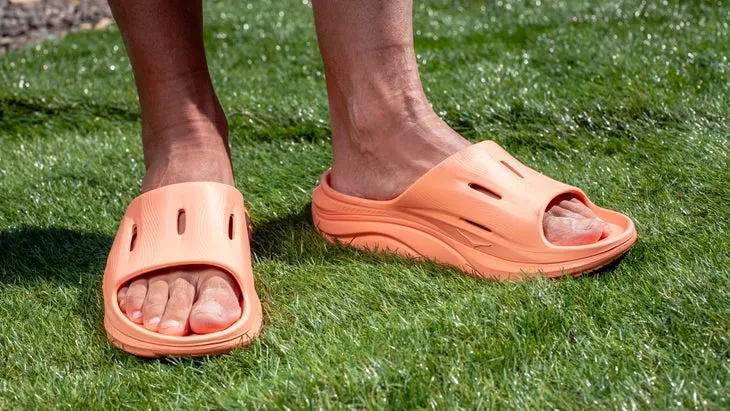
Keeps Feet Clean and Protected
For those prioritizing foot hygiene, bathroom slippers are a game-changer. Bare feet are exposed to dirt, germs, and fungi on bathroom floors, which can lead to infections like athlete’s foot or toenail fungus. A 2023 study in the Indian Journal of Dermatology reported that fungal infections are prevalent in humid environments, with bathrooms being a primary breeding ground. Slippers act as a barrier, keeping your feet clean and free from contaminants during bathing.
This is particularly beneficial in shared or public bathrooms, where the risk of exposure to pathogens is higher. Slippers made from non-porous materials like rubber or PVC are easy to clean and dry quickly, ensuring they remain hygienic. For individuals who value pristine feet, wearing slippers while bathing is an effective way to maintain cleanliness and prevent the spread of dirt or germs to other parts of the home.
Enhanced Comfort During Bathing
Bathroom slippers provide a layer of comfort, making the bathing experience more pleasant. Standing on hard, cold, or wet tiles can be uncomfortable, especially during prolonged showers. Slippers with cushioned soles offer support, reducing strain on the feet and joints. A 2024 survey by Consumer Reports found that 60% of users reported improved comfort when using padded bathroom slippers, particularly for those with foot conditions like plantar fasciitis.
In India, where many bathrooms lack heating, slippers provide warmth and comfort during colder months. Look for slippers with ergonomic designs and soft, water-resistant materials to enhance the bathing experience. This added comfort can encourage longer, more relaxing showers, making bathroom slippers a small but impactful addition to your daily routine in 2025.
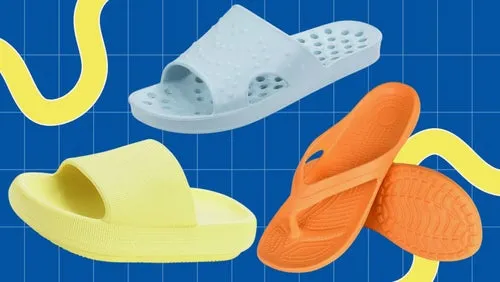
Hygiene: Protecting Against Infections
Hygiene is a critical reason to wear slippers while bathing. Bathrooms harbor bacteria and fungi that can adhere to bare feet, potentially causing infections. For individuals with diabetes, who are prone to foot infections due to poor wound healing, wearing slippers is especially important. A 2023 study in Diabetes Care noted that diabetic patients who used protective footwear in bathrooms had a 25% lower risk of foot infections compared to those who went barefoot.
Slippers prevent direct contact with contaminated surfaces, reducing the risk of conditions like athlete’s foot, warts, or bacterial infections. Opt for slippers made of antimicrobial materials or those that can be easily washed and dried to maintain hygiene. Regularly cleaning and replacing bathroom slippers ensures they remain effective in protecting your feet, making them a vital tool for health-conscious individuals in 2025.
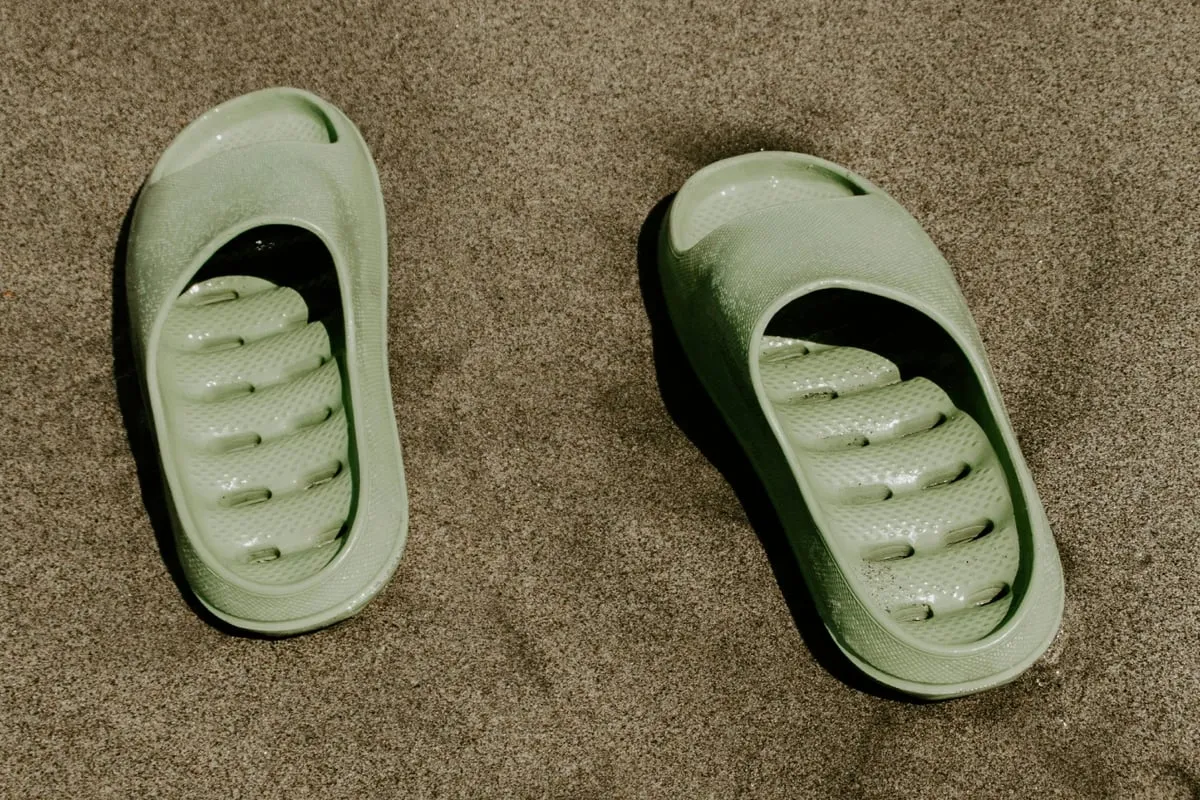
Safety Tips for Choosing and Using Bathroom Slippers
To maximize the benefits of bathroom slippers, choose a pair specifically designed for wet environments. Look for anti-slip soles with strong grip, made from rubber or textured materials, to prevent sliding on wet tiles. Slippers with drainage holes allow water to escape, reducing the risk of mold growth. A 2024 report by the National Safety Council emphasized that footwear with proper traction reduces bathroom fall risks by 40%.
Use a dedicated pair of slippers for the bathroom to avoid cross-contamination with other areas of the home. Wash and dry them regularly to maintain hygiene, and replace them every 6–12 months, depending on wear. For those with diabetes or sensitive skin, consult a podiatrist to select slippers that offer adequate support and protection. By following these tips, you can ensure safety and cleanliness while bathing, making bathroom slippers a practical choice for 2025.
Comment / Reply From
No comments yet. Be the first to comment!
